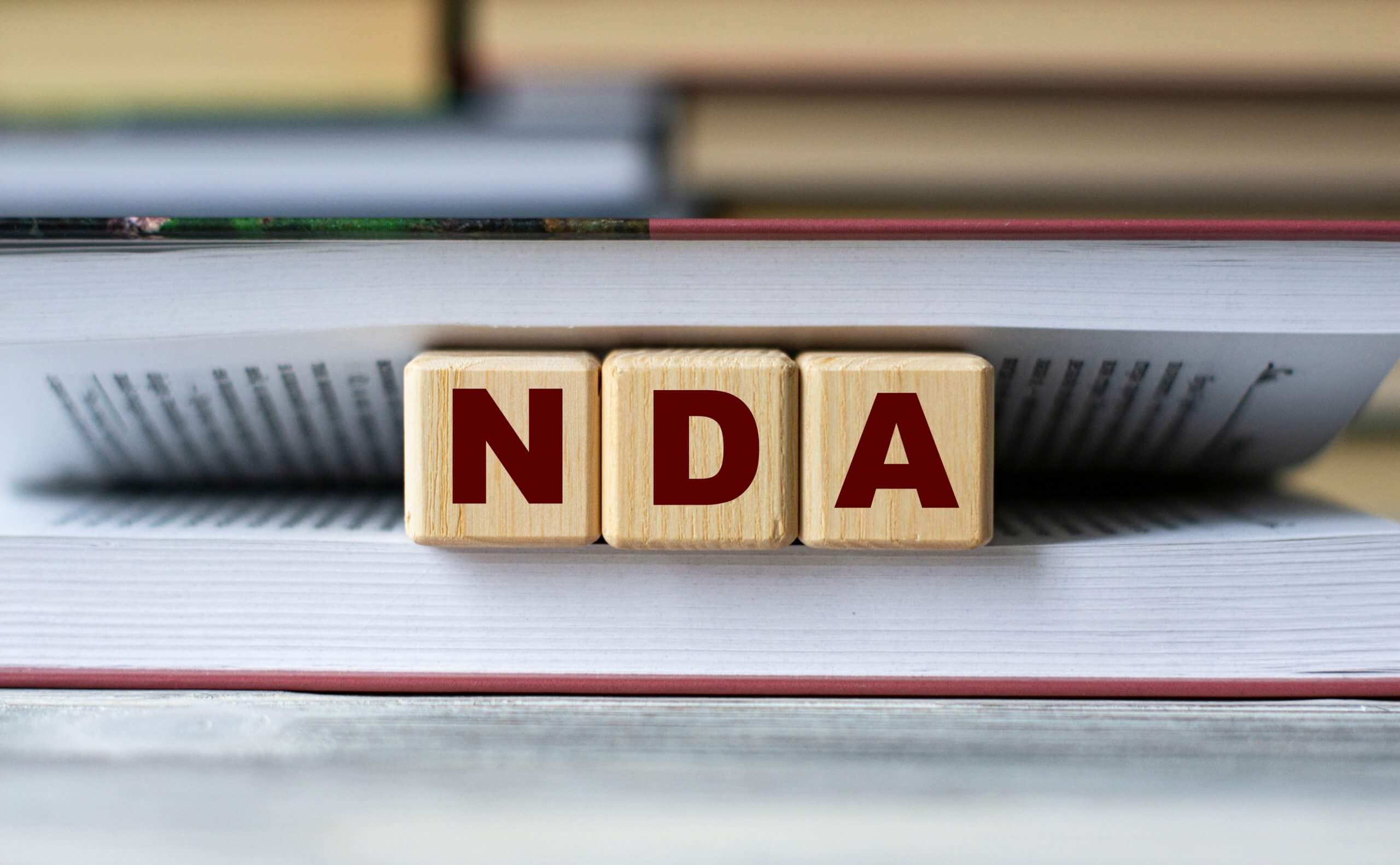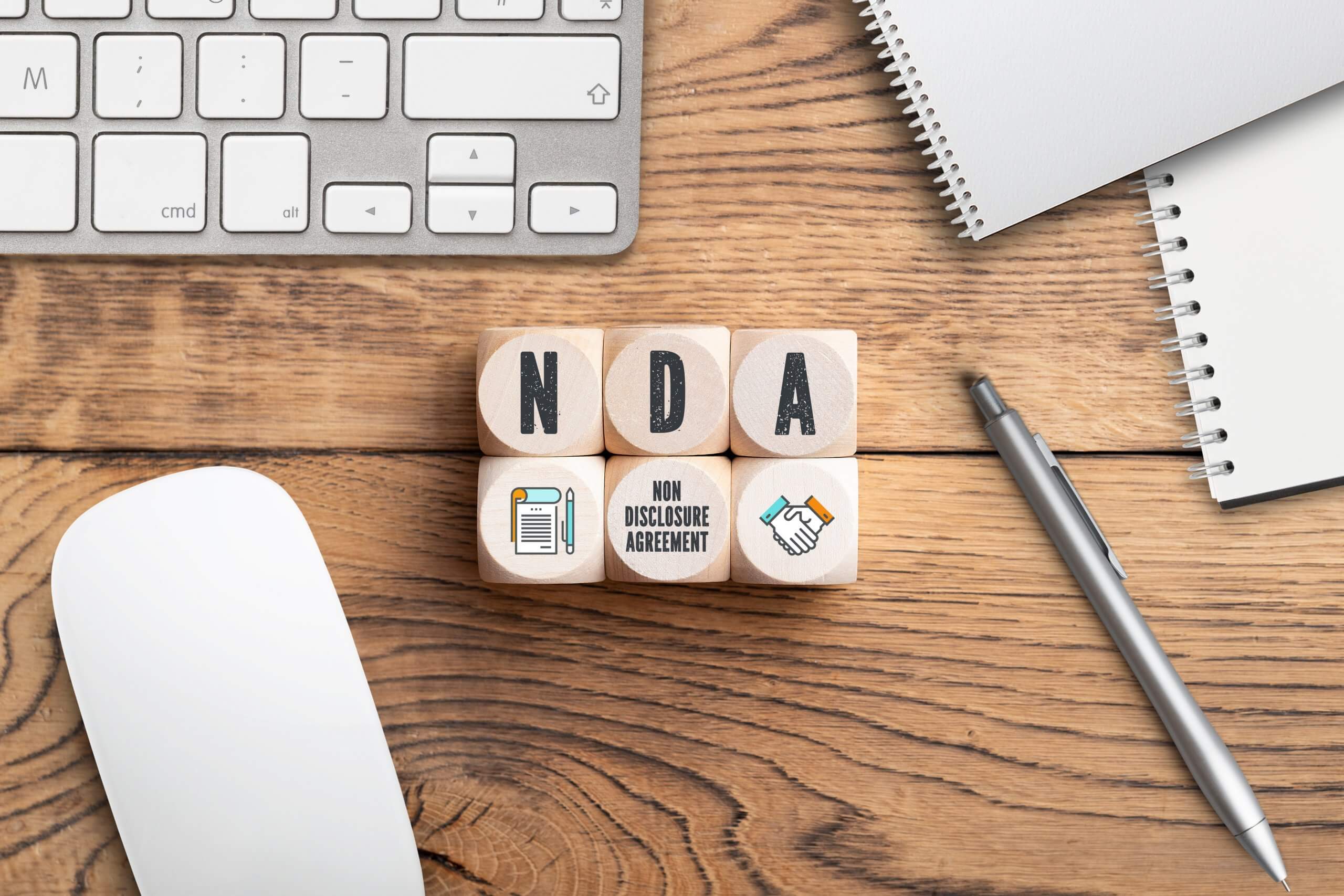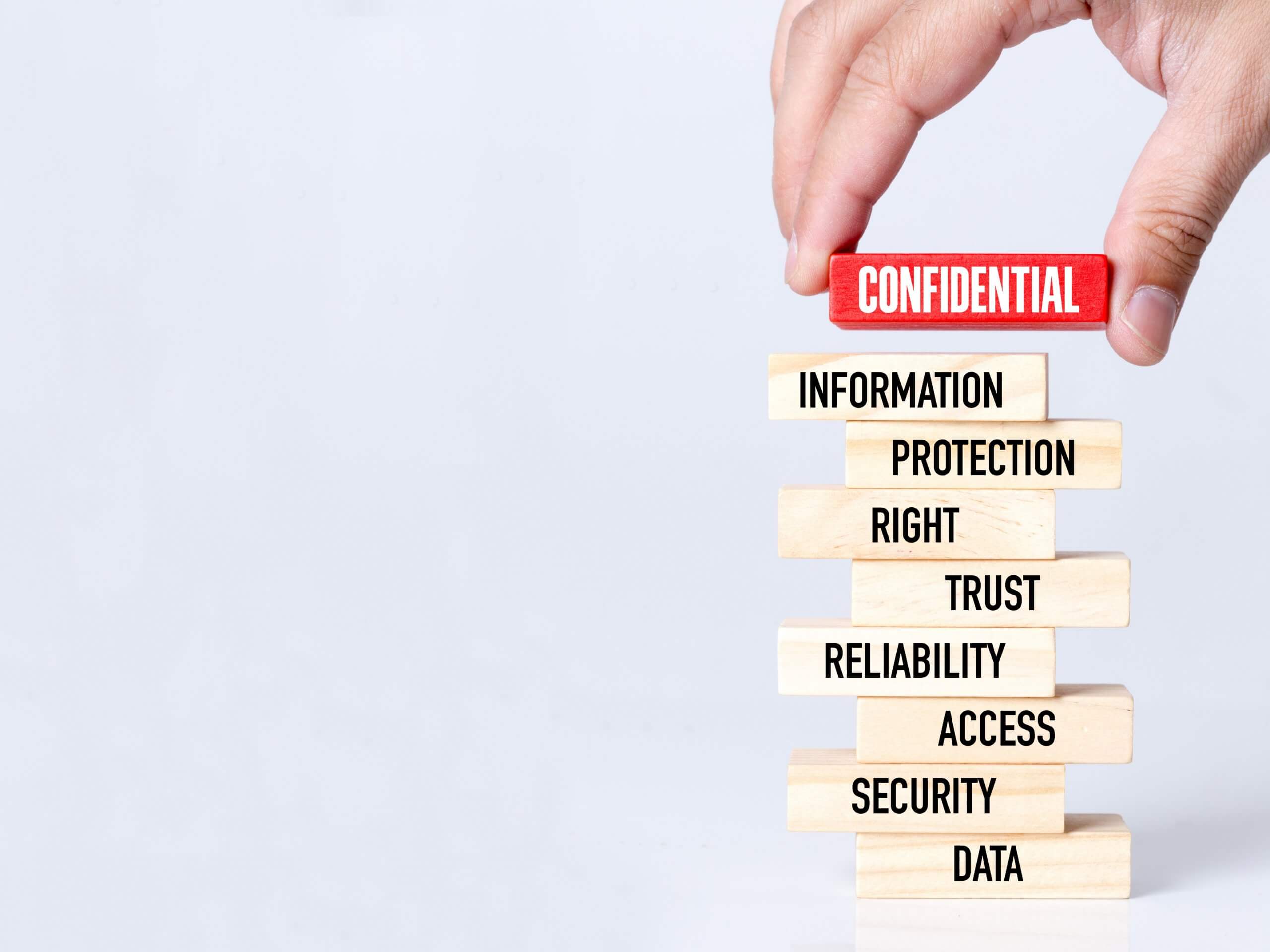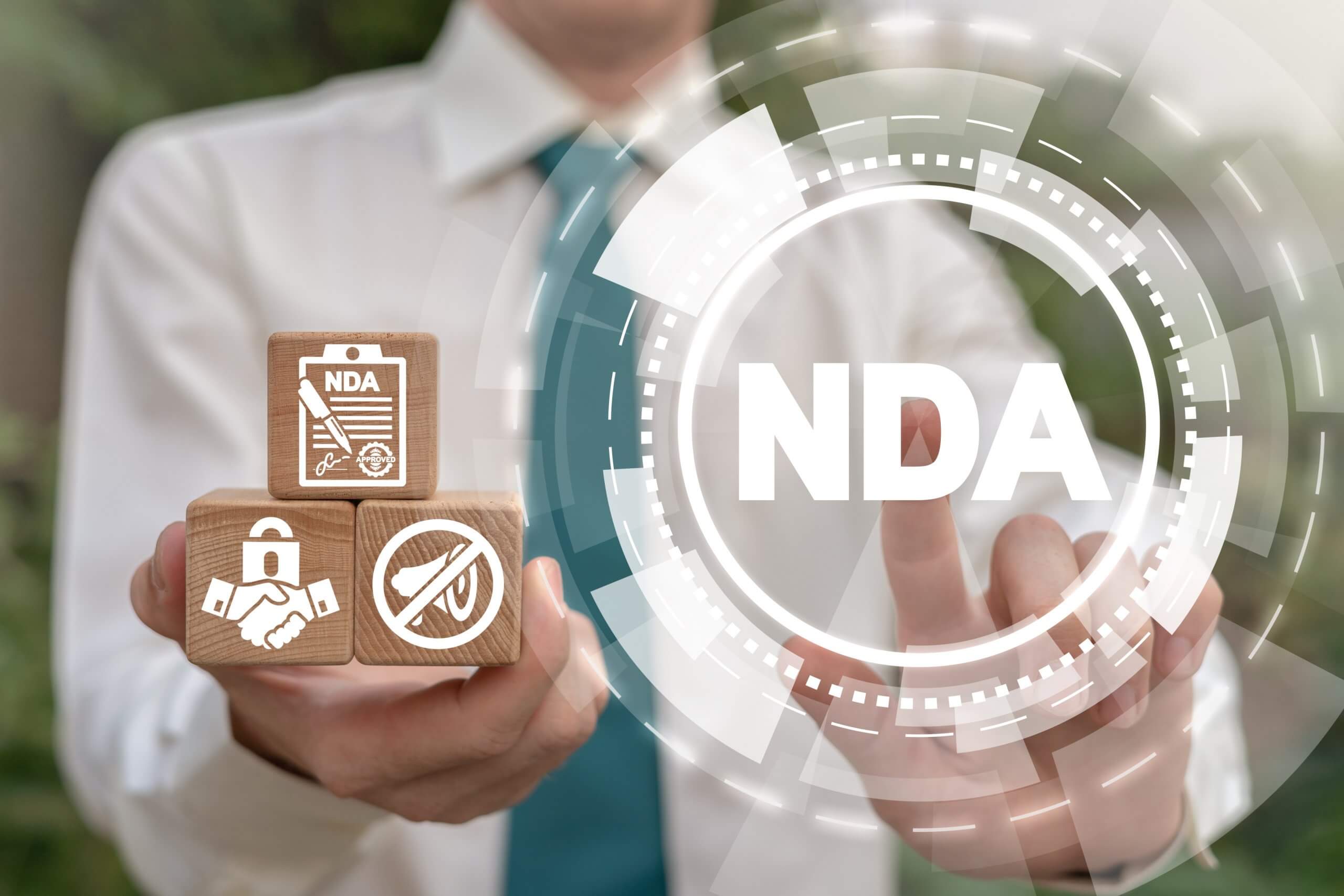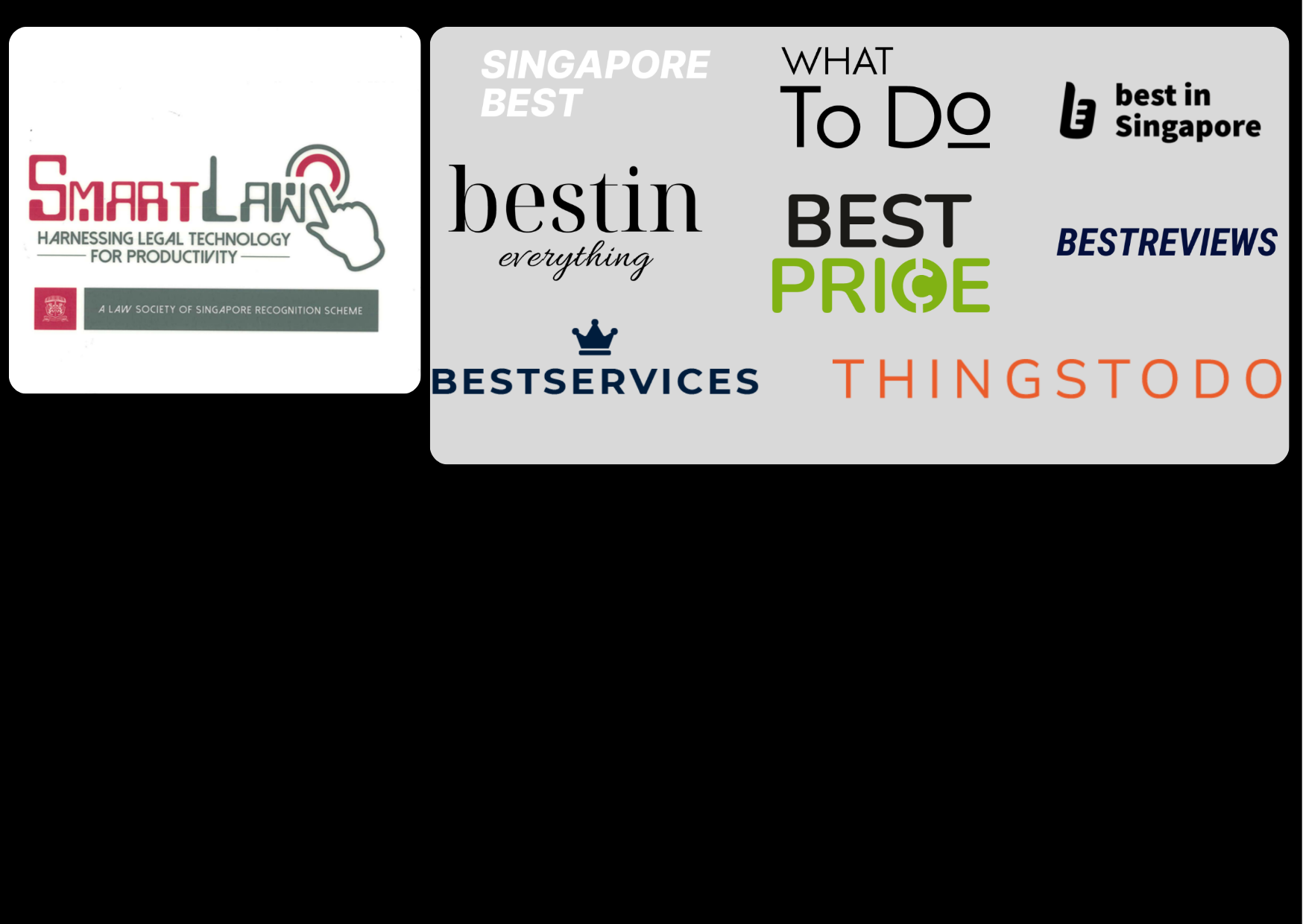Introduction
Whether you are a start-up, a mature company or a conglomerate, it is likely that you would have come across this phrase “NDA” or “Confidentiality Agreements” popping up in your conversations when negotiating with your business associates.
We share with you the importance of the NDA and what you really need to know to use it to your advantage with a view to entering into a commercial agreement.
What is an NDA?
A non-disclosure agreement (NDA) is a legally binding contract between parties for confidential information. It is also termed as a “confidentiality contract or “confidential agreement”.
Parties undertake not to disclose the information which is mutually agreed between them. In Singapore, NDAs are common in most corporate settings where sensitive information must necessarily be disclosed in the course of business. For example, in an employer-employee relationship, buyer-seller arrangement or in potential mergers and acquisitions.
Types of NDAs
There are three main types of NDAs which differ from one another.
- Unilateral NDA
- Bilateral NDA
- Multilateral NDA
Unilateral NDA
In a Unilateral NDA, only two parties are there, where the first party or the disclosing party would disclose certain confidential information to the second party or the receiving party. The Unilateral NDA binds the second party not to disclose the information to third parties not mentioned in the agreement.
This type of NDA is typical in employment agreements reviewed by a corporate lawyer in Singapore. Most times the non-disclosure clause is part of the employment agreement but it is not uncommon for employees to sign a separate Unilateral NDA together with the employment agreement where the employer’s confidential information is extremely sensitive or highly-guarded. Extremely sensitive information could be protecting the bank’s customer details or bank account details and amounts, research and development firms developing formulae or an extensive database of insurance clients. Information in the wrong hands could mean breaches of the Personal Data Protection Act or the disclosing party losing clients to its competitors.
Bilateral NDA
A Bilateral NDA is similar to a Unilateral NDA except that both parties to the Bilateral NDA are sharing confidential information with each other that binds each other not to disclose the confidential information to any third party.
Bilateral NDAs are common in mergers of companies and in joint ventures, where the parties deciding to merge or share resources would want all the confidential information shared by each other to be protected by them and others who would rely on them.
Multilateral NDAs
In Multilateral NDAs, three or more parties are involved. Generally, Multilateral NDAs are executed in place of three bilateral agreements between the parties. This saves time and efforts of parties as only one agreement is executed, reviewed and implemented for the respective purpose.
What is Confidential Information
Singapore courts have explicitly recognized a wide range of information which is protected under confidential information in day-to-day basis which are in common practice. Some of the examples are in: –
- Lawyer and client information in legal matters which is generally known as lawyer-and-client legal privilege. Whatever information that you share with your business lawyers would not be disclosed on grounds of confidentiality subject to certain exceptions.
- Business internal financial information
- Research & development work in medical, science and technology
Confidential information has a wide definition.
By definition, it includes information supplied by the Disclosing Party, or (any of their respective employees, agents, advisors and to some extent family members collectively known as “Connected Persons”) to the Receiving Party, whenever and in whatever form, in connection with the purpose, including any information relating to:
a) either Party, or any of its respective Connected Persons;
b) non-published patent applications and the information contained therein, trade secrets, inventions (whether patentable or not), discoveries and improvements;
c) concepts, know-how, ideas, techniques, processes, methodologies, testing procedures, design and functional specifications, analysis and performance information, sketches, drawings, models, apparatus, equipment, user documentation, internal documentation, technical or other representations, documentation, diagrams, schematics, flowcharts, features, mode of operation and other details of products and services, and information concerning research, experimental work, development, design details and specifications;
d) software design and architecture, software programs, source code, object code and other computer code, modules, software source documents, specifications, algorithms, formulas, scripts, data, databases and formulas related to the Disclosing Party or proposed products and services;
e) names and expertise of directors, officers, shareholders, employees, contractors, and consultants;
f) procurement requirements, purchasing, names of customers, suppliers and strategic partners, and lists;
g) technical, business, financial, marketing, customer, supplier and product development plans, schedules, forecasts, strategies, materials sales, merchandising, promotional and marketing plans and information;
h) contained or reflected in any of Disclosing Party’s documents, report, analysis, financial document, accounts, compilation, study or other material;
i) anything that would be regarded as confidential by a reasonable business person; and
j) includes written information and information transferred or obtained orally, visually, electronically or by any other means;
From the above definition, you get a bewildering sense that almost everything comes under the banner of confidential information. However, the Singapore Courts have been careful in assessing what really is confidential information and therefore not everything falls broadly in this category of confidential information.
What confidential information is not included in the NDA
There is a discretion of parties signing the NDA when it comes to disclosing confidential information to third parties. There are several situations where disclosure would not lead to a breach of the NDA.
Where the confidential information is already there in the public domain, or where the law or the governments have asked for the confidential information and the recipient is compelled to disclose it, or where the third party has independently obtained the information unconnected with what was already disclosed to the recipient. In such circumstances, it is outside the ambit of the NDA.
Use the NDA to Your Advantage
An NDA holds the other party legally accountable if there is any breach of terms and conditions or for the breach of confidence in the use of the confidential information.
NDA provides legal grounds to sue the other party for damages and seek compensation for the breach of confidentiality.
Use the NDA as a tool to show your business associates that you are serious and professional about the information you are receiving or disclosing to the other party.
Use the NDA to your advantage by clearly stating what is the confidential information that is disclosed and what is the information that is within your organisation’s knowledge.
Negotiate carefully who can use the confidential information as you may be caught out by clauses that state very widely the class of persons who can use the confidential information.
The purpose of the NDA has to be expressly stated in the NDA to ensure that both the disclosing and receiving party are aware of the scope of use. Having a vague definition of the purpose may allow the receiving party to use the information beyond what was originally intended between the parties.
Specifically state the remedies that you are entitled to in the event of any breaches including injunctive reliefs and damages.
Set out steps as to what the receiving party must do to return or destroy the confidential information that was received orally, physically, visually or electronically.
Be very clear of the terms that survive the NDA and the duration of how long the confidential information shall be kept confidential. Many companies underestimate the duration of the confidential information to be shared and indicate short time periods of 1 or 2 years.
The implication of putting a timeline on the use of the confidential information is that the receiving party could then rely on the confidential information to be used generally after the expiry of the stipulated time in the NDA.
If you did not intend for your receiving party to use the confidential information at any time, state so definitively.
Contact us for a free consultation with our SME lawyer in Singapore to know more on how to use NDA as your advantage or call 8618 2291 for more information.

